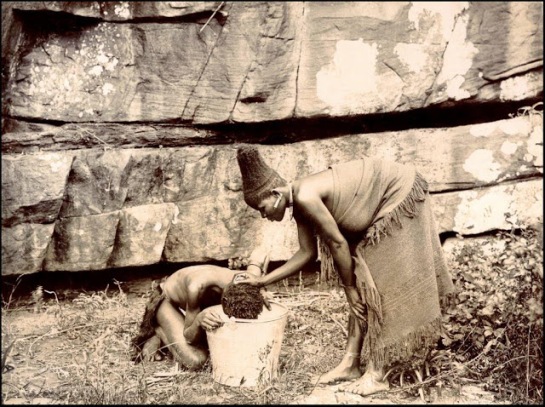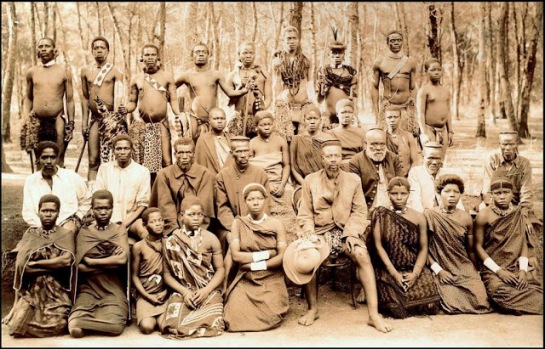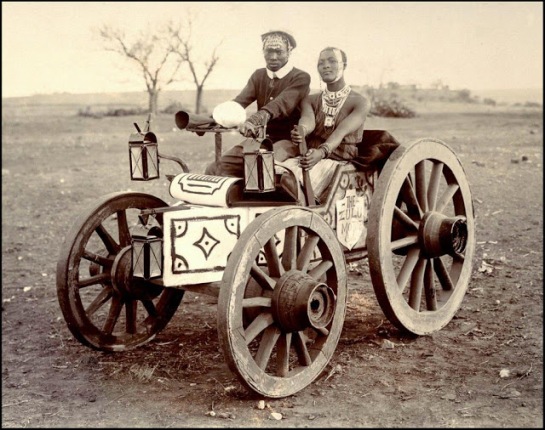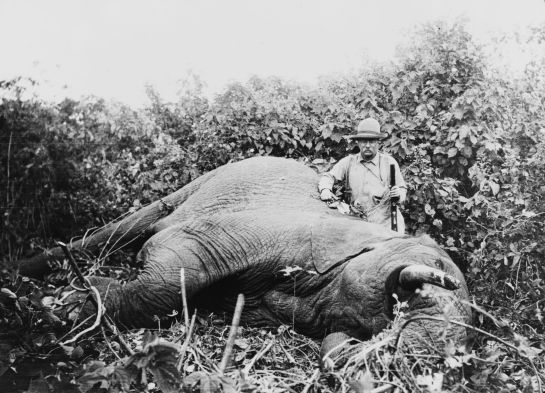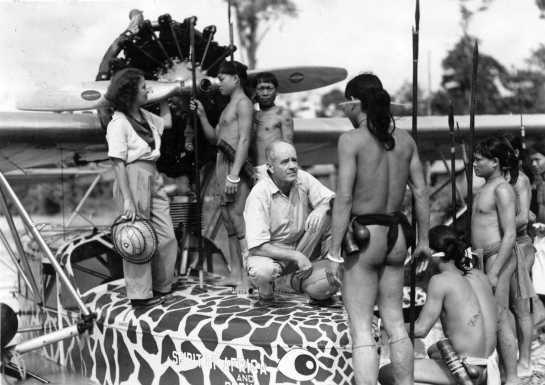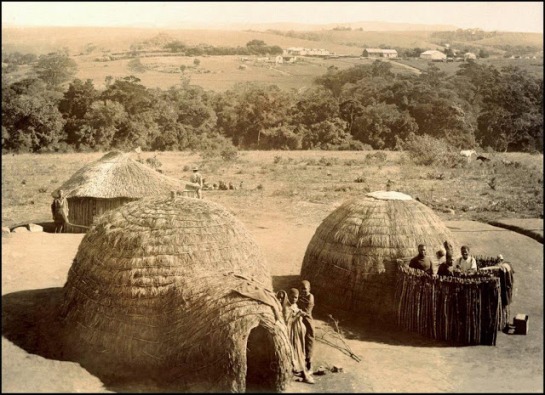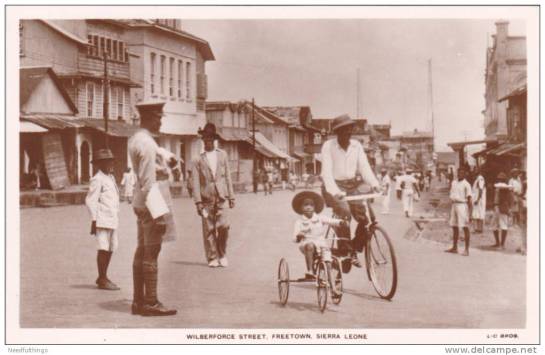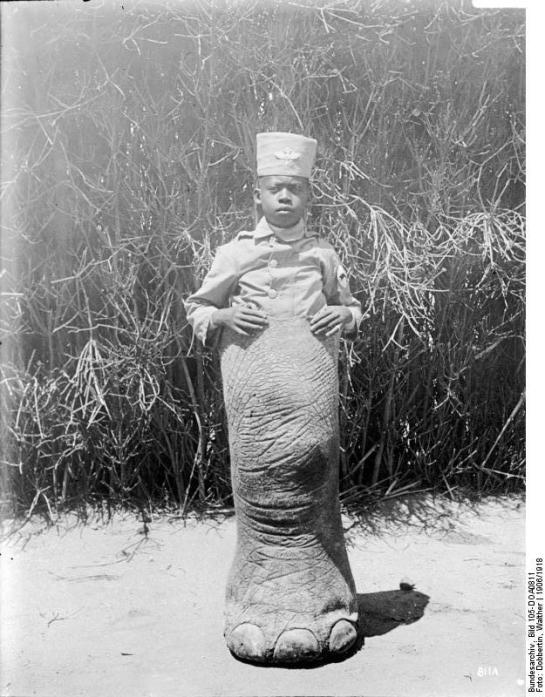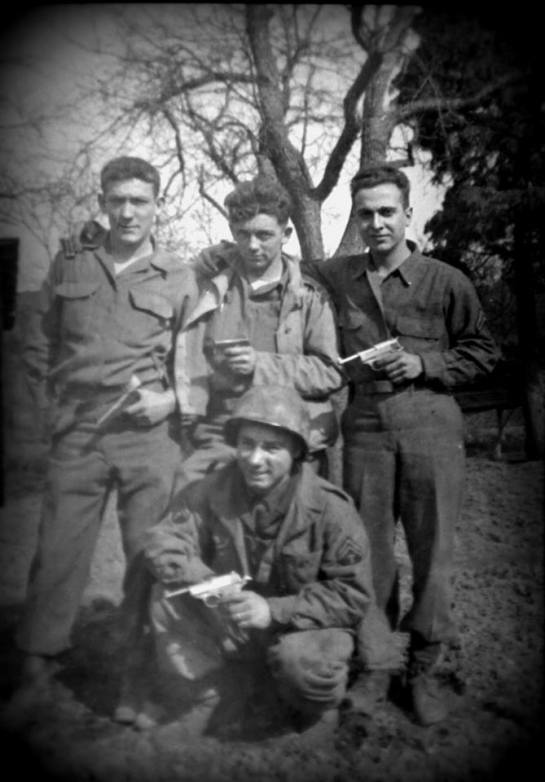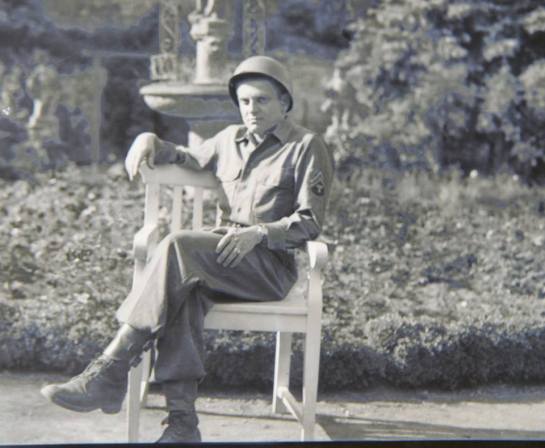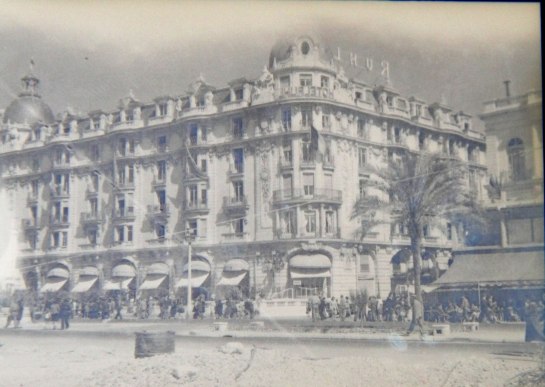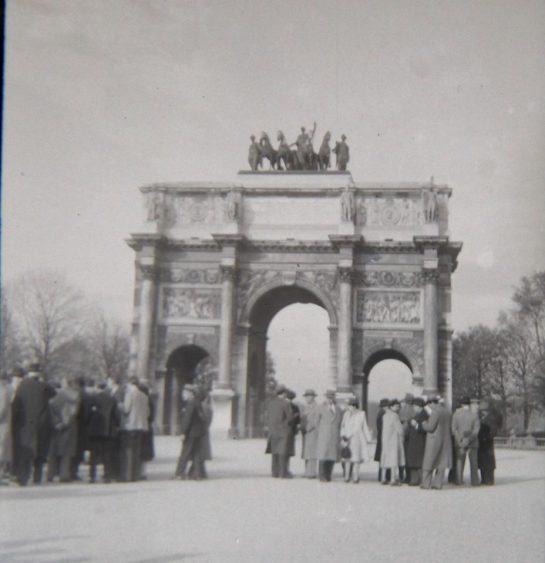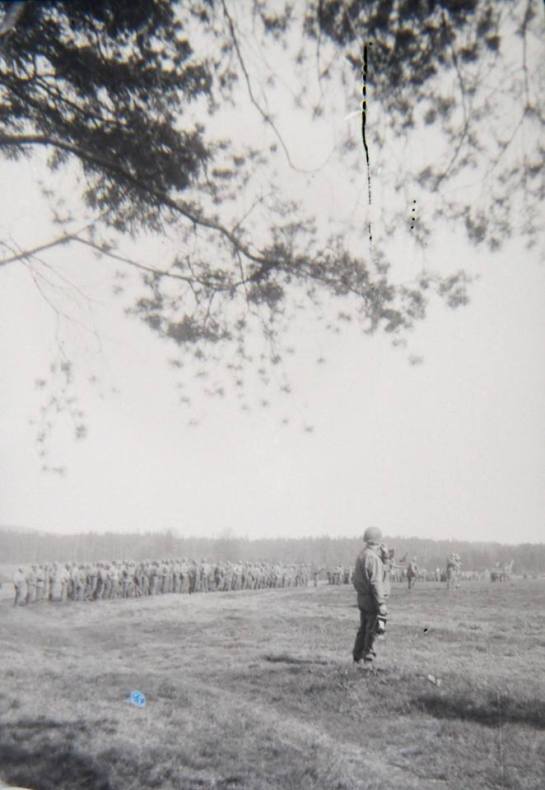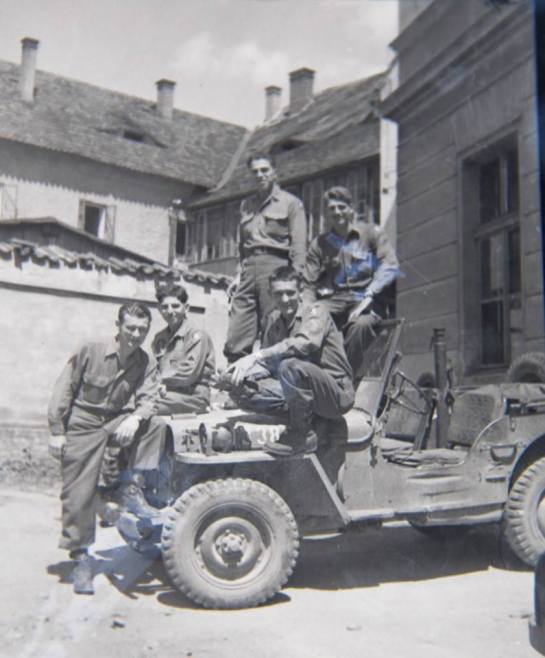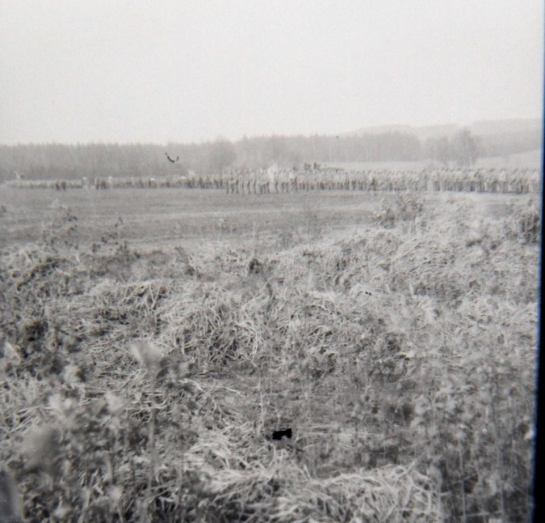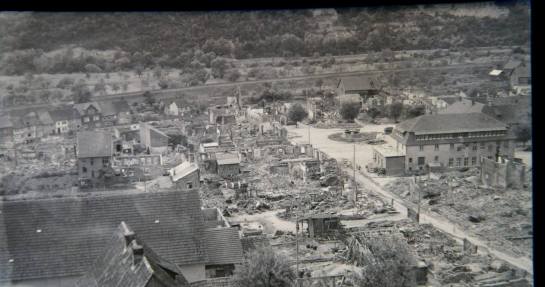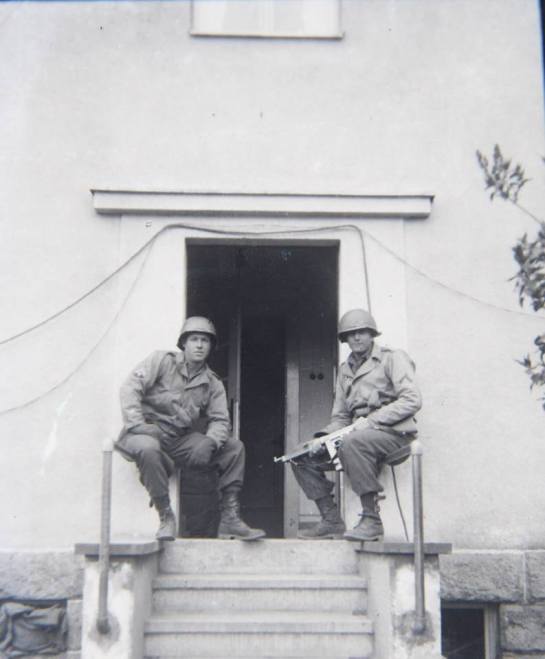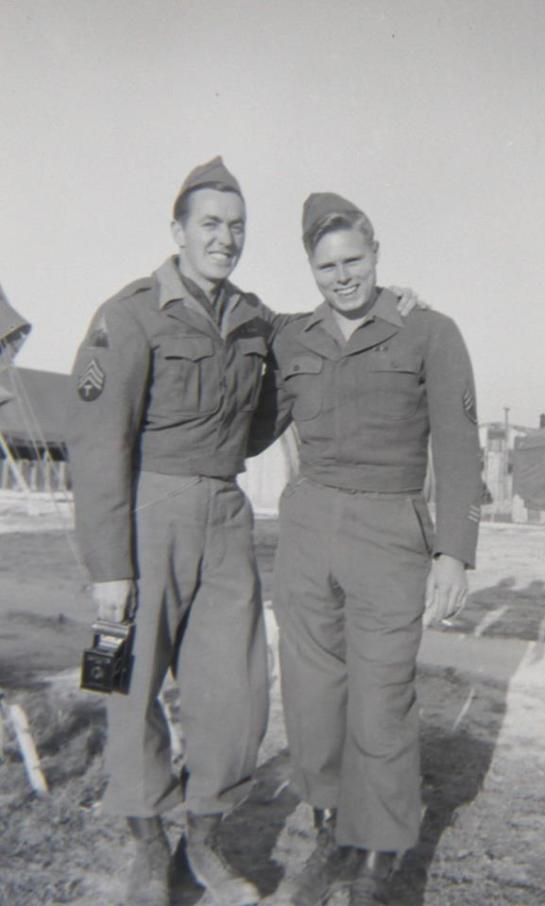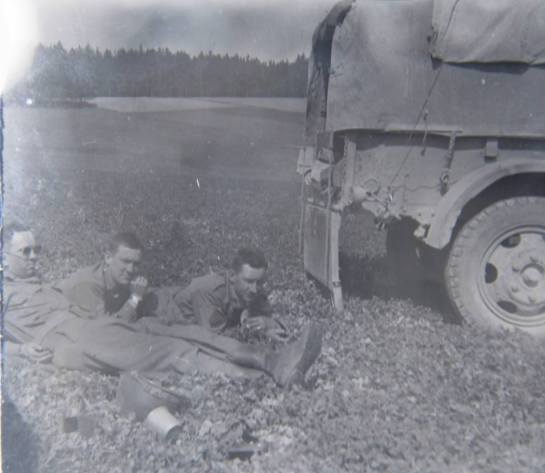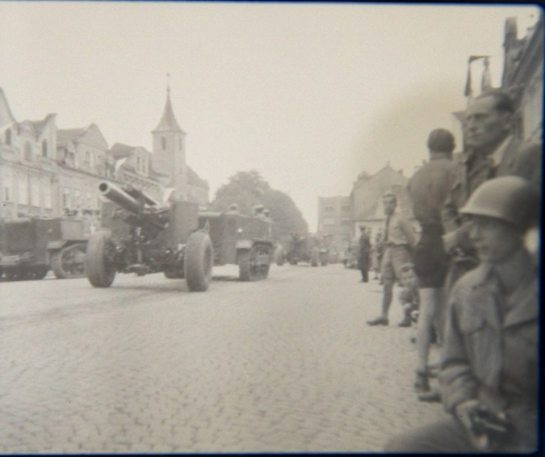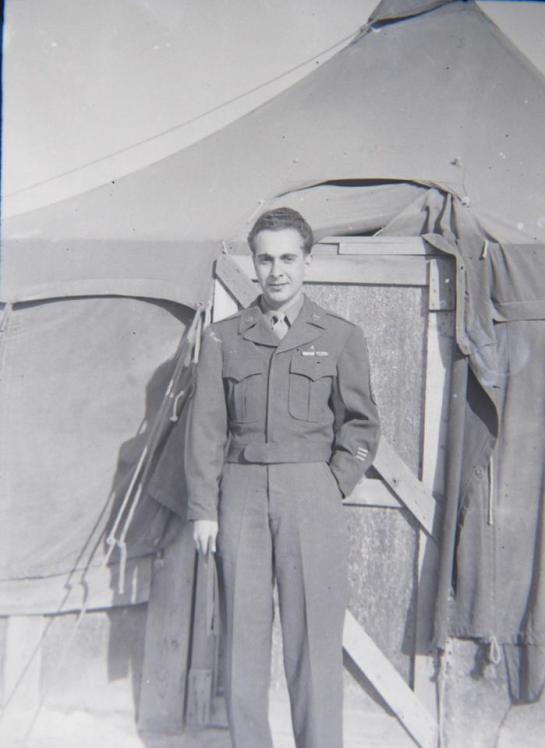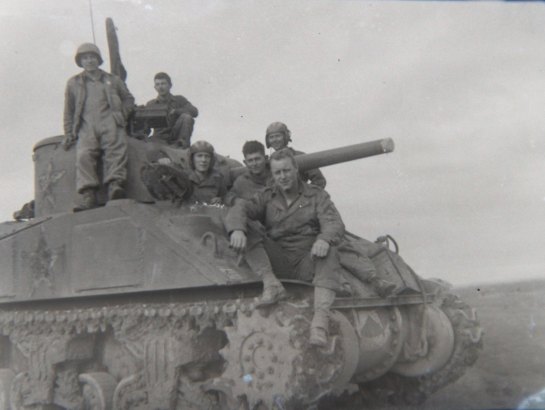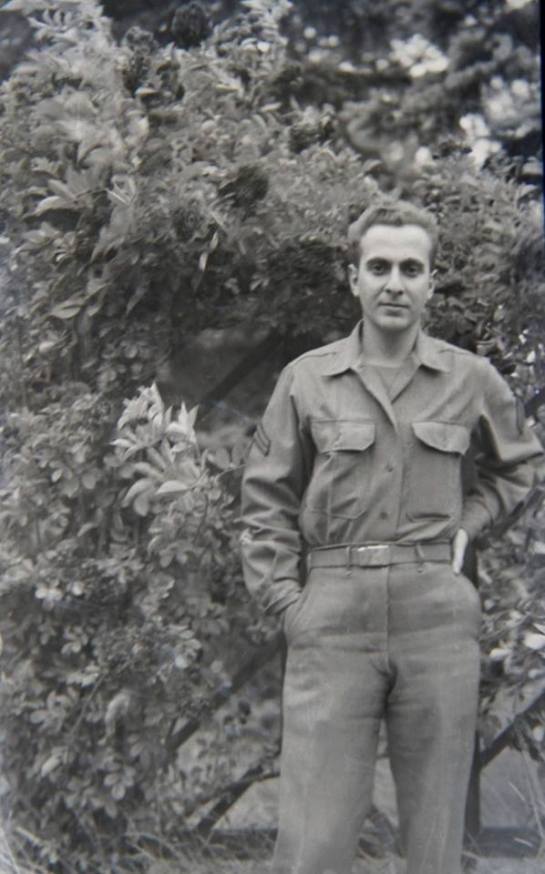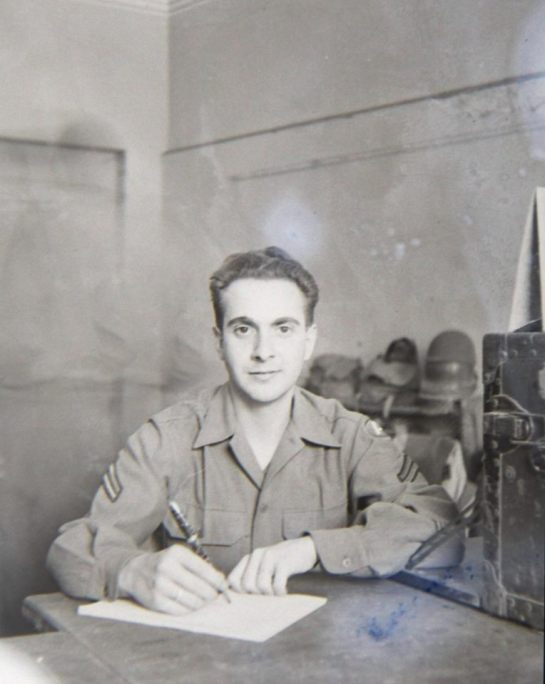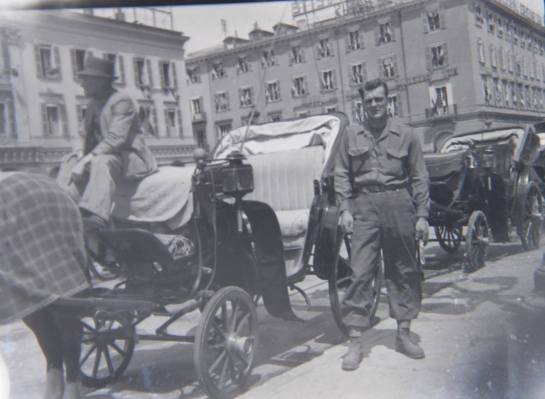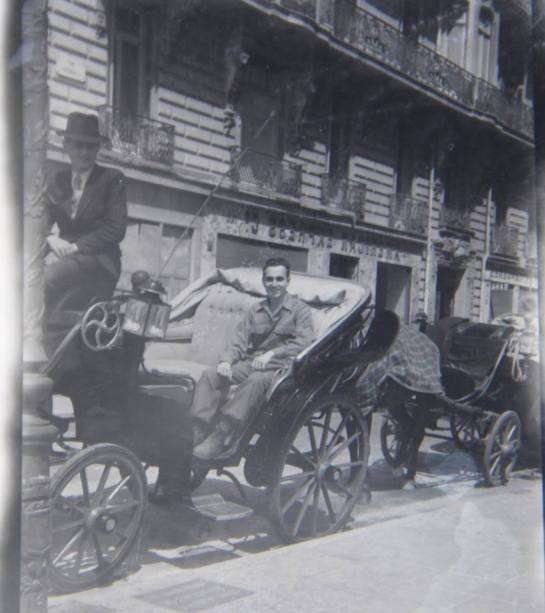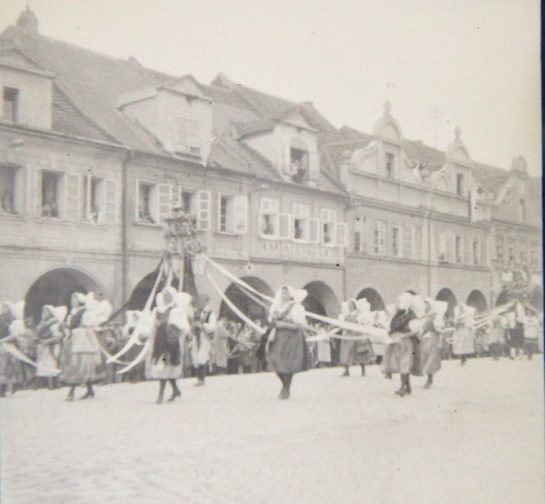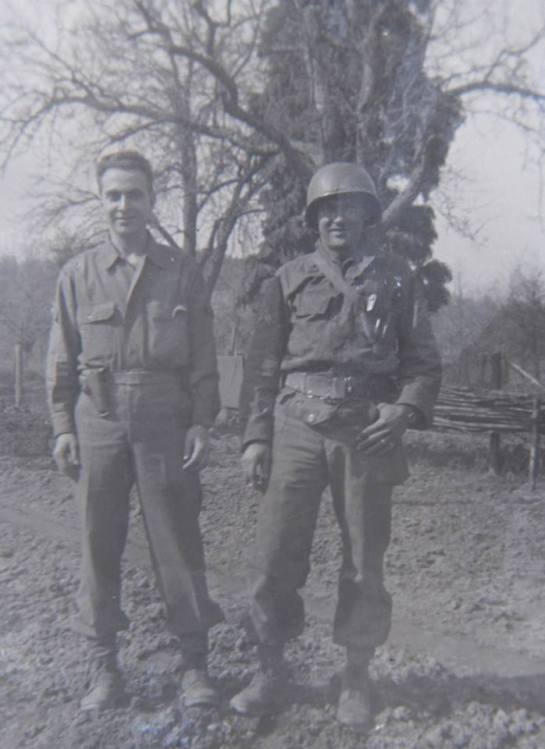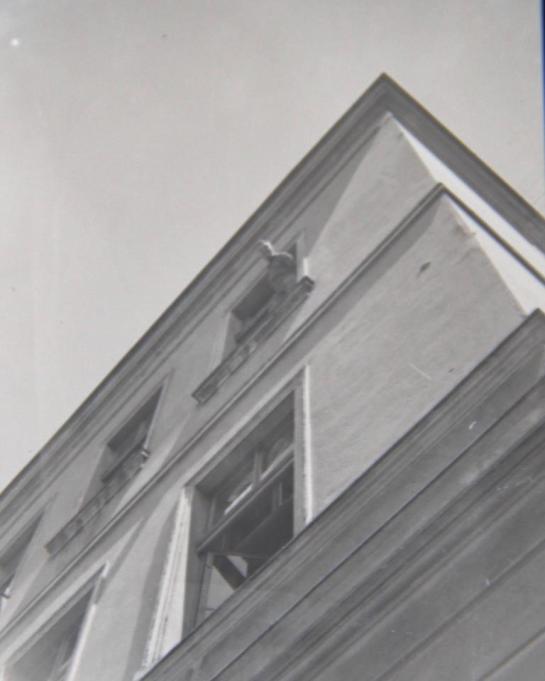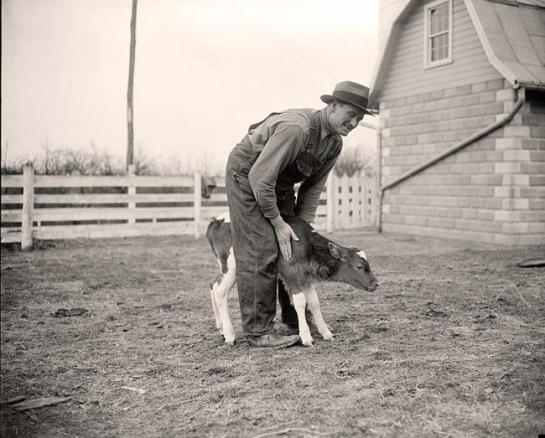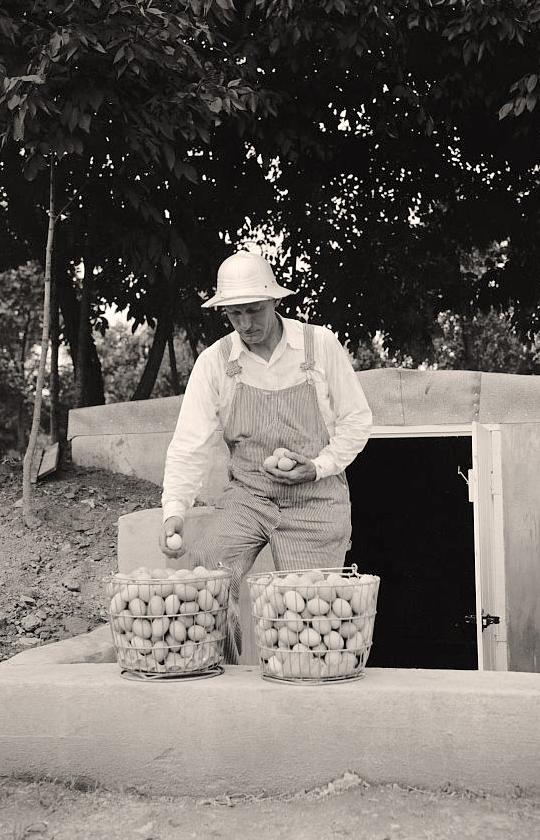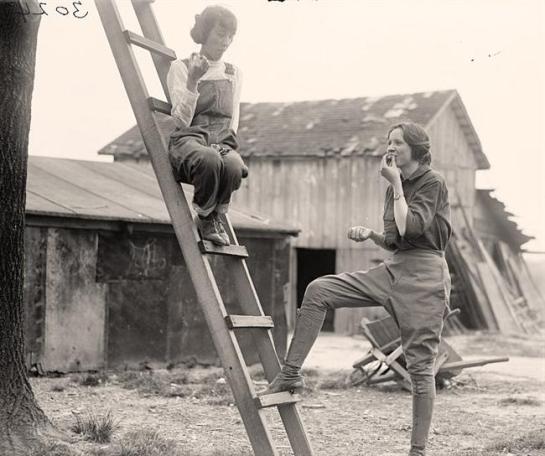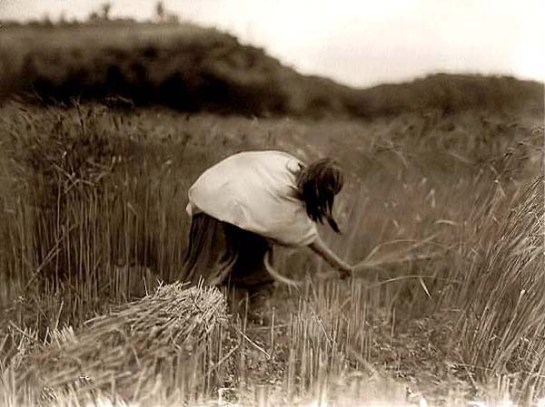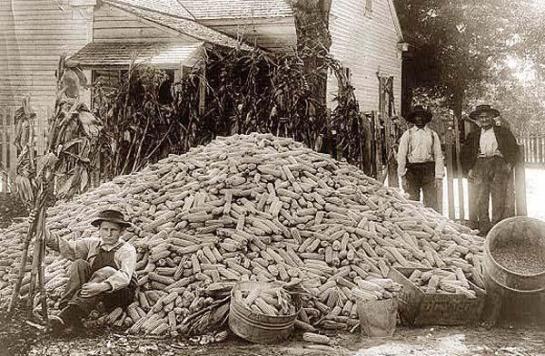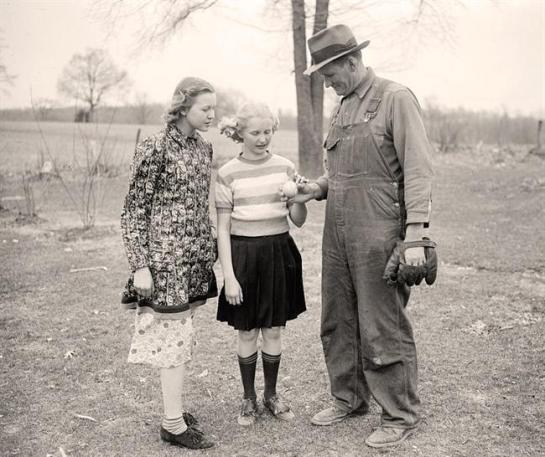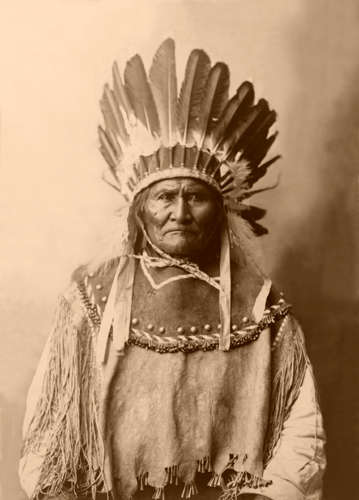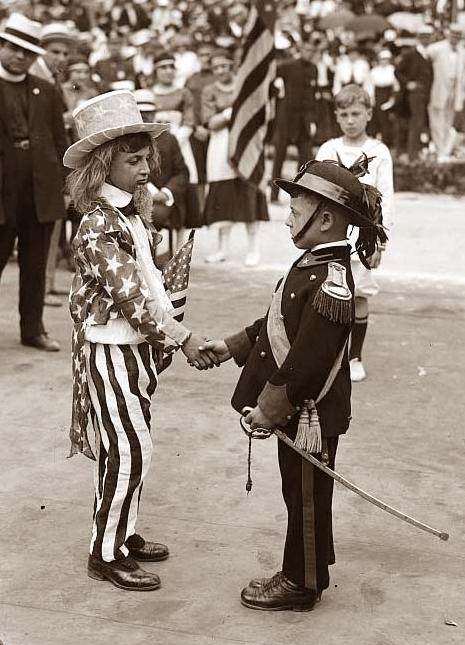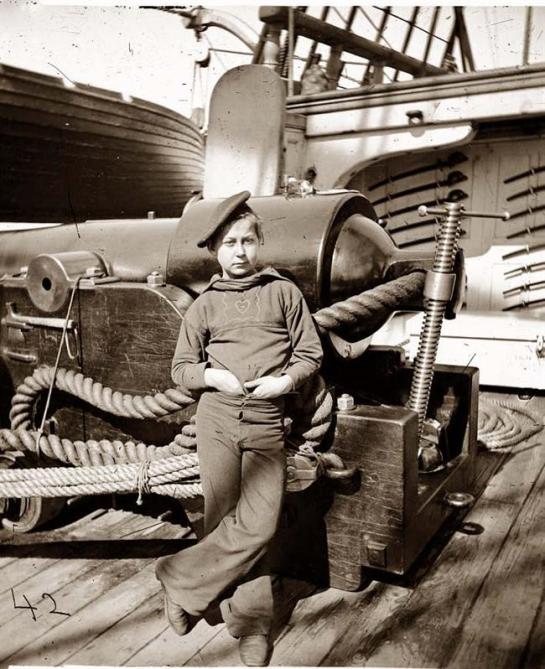
Soviet steel breastplate SN-42. Armor = 2mm. Weight = 3.5 kg
I ran across an old picture of bulletproof vest testing. The guy in the vest is either really brave or…….well kind of insane in my opinion. This spurred me on to take a look at the history of the projectile proof vest which naturally led to the history of fire arms. I had absolutely no Idea that explosive projectiles have been around for more than a thousand years. I have included some wiki below:
Early Modern era
In 1538, Francesco Maria della Rovere commissioned Filippo Negroli to create a bulletproof vest. In 1561, Maximilian II, Holy Roman Emperor is recorded as testing his armor against gun-fire. Similarly, in 1590 Sir Henry Lee expected his Greenwich armor to be “pistol proof”. Its actual effectiveness was controversial at the time.[2] The etymology of “bullet” and the adjective form of “proof” in the late 16th century would suggest that the term “bulletproof” originated shortly thereafter.
During the English Civil War Oliver Cromwell‘s Ironside cavalry were equipped with Capeline helmets and musket-proof cuirasses which consisted of two layers of armor plate (in later studies involving X-ray a third layer was discovered which was placed in between the outer and inner layer). The outer layer was designed to absorb the bullet’s energy and the thicker inner layer stopped further penetration. The armor would be left badly dented but still serviceable.[3] One of the first recorded descriptions of soft armor use was found in medieval Japan, with the armor having been manufactured from silk.[4]

Polish inventor Jan Szczepanik. On the photo – the first (and success) test of the invention (1901) done by Mr. Borzykowski
Industrial era
One of the first commercially sold bulletproof armour was produced by a tailor in Dublin, Ireland in the 1840s. The Cork Examiner reported on his line of business in December 1847:[5]
- The daily melancholy announcements of assassination that are now disgracing the country, and the murderers permitted to walk quietly away and defy the law, have induced me to get constructed a garment, shot and ball proof, so that every man can be protected, and enabled to return the fire of the assassin, and thus soon put a stop to the cowardly conduct which has deprived society of so many excellent and valuable lives, spreading terror and desolation through the country. I hope in a few days to have a specimen garment on view at my warerooms.
Another soft ballistic vest, Myeonje baegab, was invented in Joseon, Korea in the 1860s shortly after the French campaign against Korea. Heungseon Daewongun ordered development of bullet-proof armor because of increasing threats from Western armies. Kim Gi-Doo and Gang Yoon found that cotton could protect against bullets if 10 layers of cotton fabric were used. The vests were used in battle during the United States expedition to Korea, when the US Navy attacked Ganghwa Island in 1871. The US Navy captured one of the vests and took it to the US, where it was stored at the Smithsonian Museum until 2007. The vest has since been sent back to Korea and is currently on display to the public.[citation needed]
Simple ballistic armor was sometimes constructed by criminals. During the 1880s, a gang of Australian bushrangers led by Ned Kelly made basic armour from plough blades. By this time the Victorian Government had a reward for the capture of a member of the Kelly Gang at £8,000 (equivalent to $2 million Australian dollars in 2005). One of the stated aims of Kelly was the establishment of a Republic in North East Victoria. Each of the four Kelly gang members had fought a siege at a hotel clad in suits of armour made from the mouldboards of ploughs. The maker’s stamp (Lennon Number 2 Type) was found inside several of the plates. The men used the armour to cover their torsos, upper arms, and upper legs, and was worn with a helmet.
The suits were roughly made on a creek bed using a makeshift forge and a stringy-bark log as a muffled anvil. They had a mass of around 44 kg (96 lb), making the wearer a spectacular sight yet proved too unwieldy during a police raid at Glenrowan. Their armour deflected many hits with none penetrating, but eventually was of no use as the suits lacked protection for the legs and hands.
In 1881, Tombstone physician George E. Goodfellow noticed that a Faro dealer Luke Short who was shot was saved by his silk handkerchief in his breast pocket that prevented the bullet from penetrating.[6][7] In 1887, he wrote an article titled Impenetrability of Silk to Bullets[8] for the Southern California Practitioner documenting the first known instance of bulletproof fabric. He experimented with[9] silk vests resembling medieval gambesons, which used 18 to 30 layers of silk fabric to protect the wearers from penetration.
Fr. Kazimierz Żegleń used Goodfellow’s findings to develop a bulletproof vest made of silk fabric at the end of the 19th century, which could stop the relatively slow rounds from black powder handguns. The vests cost $800 USD each in 1914, a small fortune at the time the modern day equivalent of $18,710 USD. On 28 June 1914, Archduke Franz Ferdinand of Austria, heir to the throne of Austria-Hungary, was wearing a silk bulletproof vest when he was attacked by a gun-wielding assassin. He was shot in the neck and the vest did not protect him.

Marines with Security Company, Combat Logistics Battalion 4, Combat Logistics Regiment 3, 3rd Marine Logistics Group, adjust Lance Cpl. Andrew Best’s Modular Tactical Vest
A similar vest, made by Polish inventor Jan Szczepanik in 1901, saved the life of Alfonso XIII of Spain when he was shot by an attacker. By 1900, gangsters were wearing $800 silk vests to protect themselves.[10]
This all naturally led me to the history of firearms which I have included a bit of below:
The direct ancestor of the firearm is the fire lance, a black-powder–filled tube attached to the end of a spear and used as a flamethrower (not to be confused with the Byzantine flamethrower); shrapnel was sometimes placed in the barrel so that it would fly out together with the flames.[4][5] The earliest depiction of a gunpowder weapon is the illustration of a fire-lance on a mid-12th century silk banner from Dunhuang.[6] The De’an Shoucheng Lu, an account of the siege of De’an in 1132, records that Song forces used fire-lances against the Jurchens.[7]
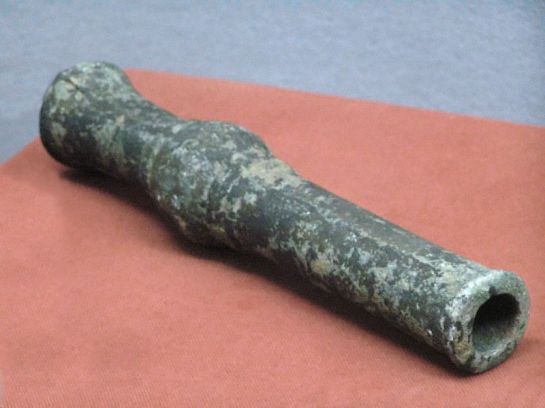
old Chinese Hand Cannon on display at the Shaanxi history museum in Xi’An, China. The placard reads Bronze firearm, Yuan dynasty (1271-1368 ACE)
In due course, the proportion of saltpeter in the propellant was increased to maximise its explosive power.[5] To better withstand that explosive power, the paper and bamboo of which fire-lance barrels were originally made came to be replaced by metal.[4] And to take full advantage of that power, the shrapnel came to be replaced by projectiles whose size and shape filled the barrel more closely.[5] With this, we have the three basic features of the gun: a barrel made of metal, high-nitrate gunpowder, and a projectile which totally occludes the muzzle so that the powder charge exerts its full potential in propellant effect.[8]
The earliest depiction of a gun is a sculpture from a cave in Sichuan dating to the 12th century of a figure carrying a vase-shaped bombard with flames and a cannonball coming out of it.[1][9] The oldest surviving gun, made of bronze, has been dated to 1288 because it was discovered at a site in modern-day Acheng District where the Yuan Shi records that battles were fought at that time; Li Ting, a military commander of Jurchen descent, led foot-soldiers armed with guns—including a Korean brigade—in battle to suppress the rebellion of the Christian Mongol prince Nayan.[10]

German grenade rifles from the 16th century (wheellock) and 18th century (flintlock) in the Bayerisches Nationalmuseum, München
I know that firearms in our society today are a hot point in many conversations and social circles. I create this post solely as a purpose of history to the devices. I sincerely hope you enjoy, please be sure to let me know your thoughts 🙂









